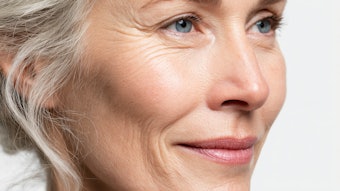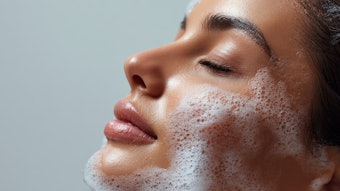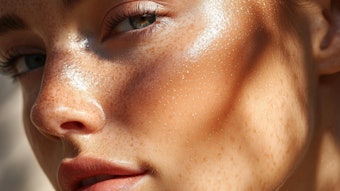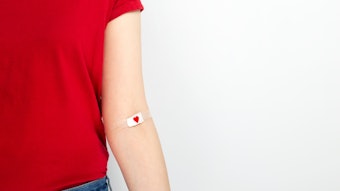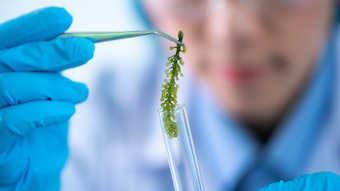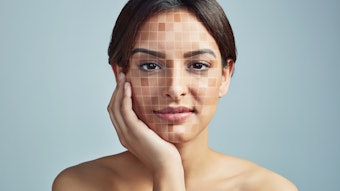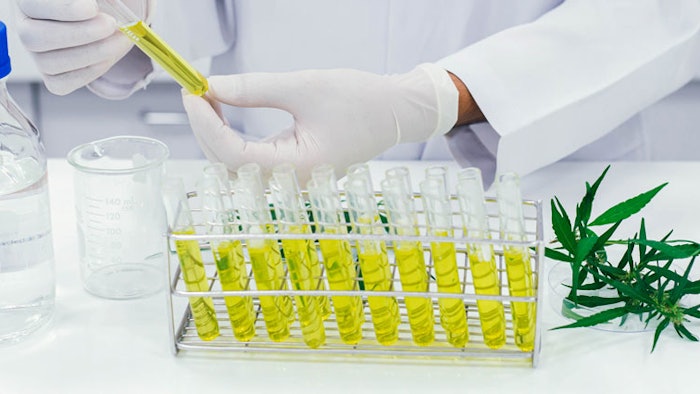
According to a paper published by Amway researchers in Clinical, Cosmetics and Investigational Dermatology, anecdotal evidence abounds for the therapeutic uses of non-psychotropic cannabidiol (CBD) in skin and health applications. However, clinical efficacy and underlying mechanisms of action have yet to be identified and confirmed.
See related: U.S. Federal Trade Commission Lays Down the Law on Deceptive CBD Claims
As such, the authors reviewed the latest tangible evidence in the literature (as of the paper's publication on Dec. 8, 2020) related to 12 application areas for CBD. They considered emerging evidence as well as conflicting and/or plausible findings in each area; following is an editorialized overview with select examples from the review.
- Skin protection and barrier function - plausible in vitro evidence for CBD related to antioxidant activity, wound repair effects, cell membrane protection against peroxide-induced reduction of PUFAs, and anti-inflammatory activities; for example, the activation of PPAR-γ and reduction in levels of NF-κB
- Pain and muscle relief - plausible preclinical evidence for: ingestible cannabinoids inducing antinociceptive effects, and THC and THC + CBD + lower levels of other cannabinoids easing chronic pain
- Eczema or atopic dermatitis - plausible evidence for CBD's anti-inflammatory effects via various mechanisms; for example, a derivative of the cannabinoid N-palmitoyl ethanolamide (PEA), adelmidrol, was shown effective in treating mild AD in a pediatric population; also, hemp essential oil could impart microbiome-balancing benefits
- Itch/pruritis - conflicting evidence; for example, THC and PEA cannabinoids reduced itch in murine models but show conflicting results in humans—some studies indicate opposite effects
- Wound healing - plausible evidence; for example, cannabinoids activate CB1 and CB2 receptors and healing responses in murine models, up-regulating anti-inflammatory factors, indirectly activating TRPV1 and epidermal growth factor receptors, and inhibiting the fatty acid amide hydrolase (FAAH) enzyme; healing effects in human keratinocytes and dermal fibroblasts have been demonstrated by the whole Cannabis sativa extract (the "entourage effect")
- Acne/seborrhea - highly plausible evidence; for example, in vitro, CBD acts on sebum production, sebocyte proliferation and inflammation; the authors note that CBD normalizes lipogenesis and prevents pro-acne mediators from increasing inflammation; hemp seed hexane extract and the terpenes in hemp essential oil show efficacy against Cutibacterium acnes
- Modulation of hair growth - emerging plausible evidence; for example, CB1 and CB2 receptors are expressed within the hair follicle, and AEA/anandamide and δ9-THC have been shown to suppress hair follicle growth and induce the catagen cycle ex vivo
- Skin and hair pigment regulation - early emerging and conflicting evidence; the authors note the role of the endocannabinoid system in melanogenesis is not clear; for example, lower concentrations of AEA and other cannabinoids have been shown by some to induce melanogenesis, whereas others have shown agonistic results
- Oral care - early emerging evidence; for example, early reports suggest C. sativa and cannabinoids could serve antiseptic properties against a broad range of pathogenic oral cavity bacteria and their biofilms
- Skin infections - plausible evidence; similarly to oral care, CBD and CBG have demonstrated activity against an array of pathogenic bacteria
- Psoriatic plaques - conflicting evidence; for example, CBD and C. sativa extract have been shown in some cases to inhibit inflammatory mediators whereas in others, only C. sativa demonstrated these effects; furthermore, the role of CBD in keratinocyte differentiation is not clear
- Skin cancer - little if any evidence; the cannabinoids δ-THC and AEA/anandamide show greater potential
The authors concluded that CBD for acne, seborrhea, eczema/dermatitis and skin barrier functioning holds the most promise but more studies are needed. They note that great caution should be taken in exploring areas for modulating pigmentation and hair growth, as any speculative science therein could lead to unwanted opposing effects. Finally, pushing past the current CBD focus, the authors recommend exploring therapeutic benefits of other hemp phytocannabinoids and botanicals with phytocannabinoid-like activity.
